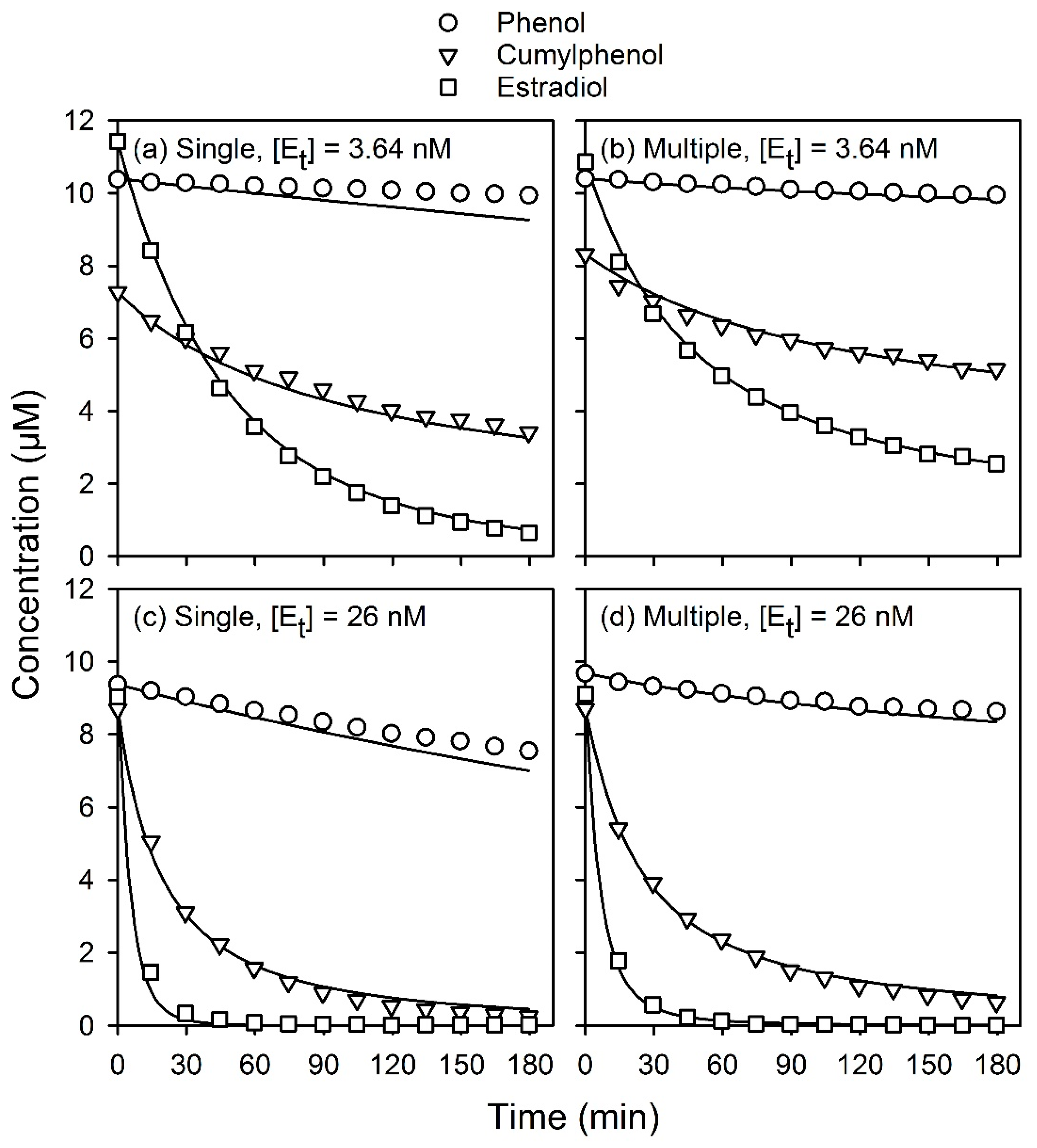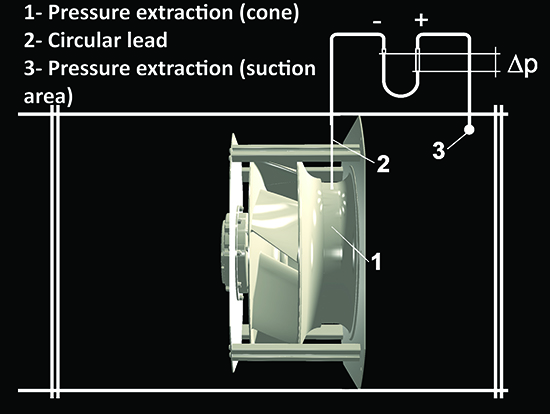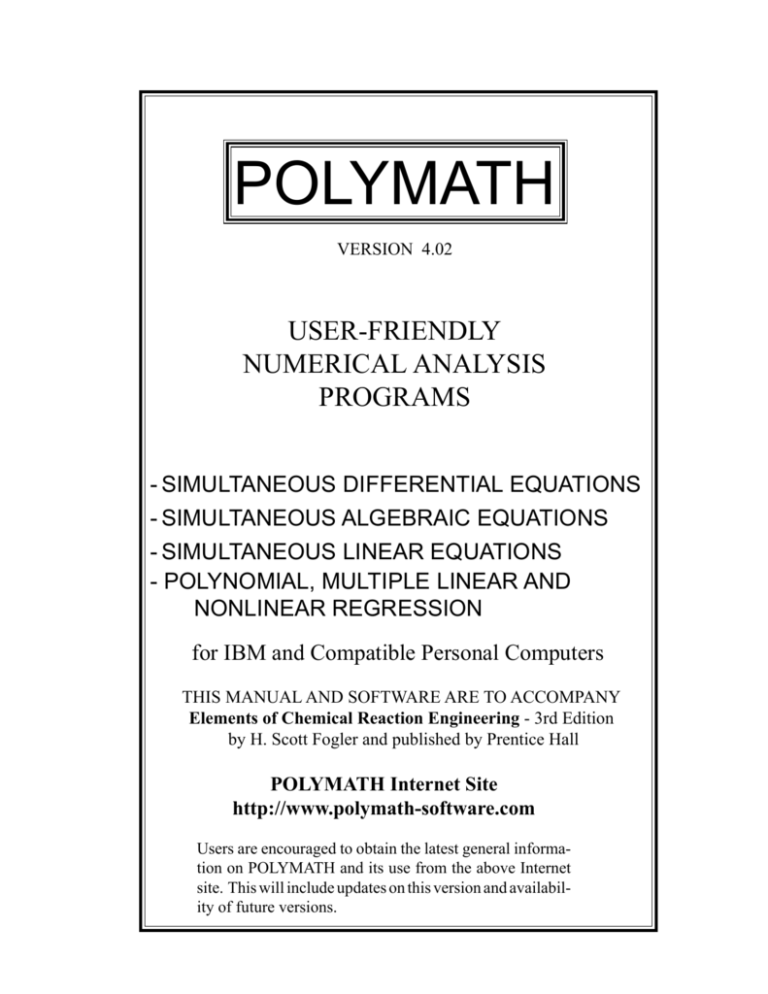

Alright and we are assuming isothermal operation and so we just have these two and since the volumetric flow rate is in the denominator these terms get flipped when we multiply through. the volumetric flow rate won't remain at the inlet value for the entire reaction because we have the possibility of pressure drop and we also have the possibility of a change in the number of moles with this reaction or we know that there is going to be a change in the number of moles and so we need to factor both of those in through an ideal gas type relation where this comes from the idea that v over volumetric flow rate according to the ideal gas law would just be equal to T over T_0, F_T over F_T0 and P_0 over P. we divide the molar flow rate by the volumetric flow rate or the inlet volumetric flow rate. Alright and if we're going to do these relationships, we can relate the concentration to molar flow rate by this equation where the. Okay so those are our material balance equations and we're going to want to solve those and in order to do that we're going to need to relate concentration to molar flow rates in order to solve these differential equations. Alright we can furthermore write material balances for component C and D and so I'm just going to do that here, that C and D, that C is formed at twice the rate, which means that we multiply a 1/2 by that side of the equation and D is formed at 3 times the rate at which B is consumed.

Our rate is equal to k times the concentration of A to the first power, times the concentration of B to the first power because we have elementary irreversible kinetics and we want to solve for k. I'm actually going to solve this particular problem, just for simplicity, in terms of the molar flow rates and so we will define a system of equations where dF_A, dW for a packed bed reactor is equal to the rate of consumption in this reaction and the dF_B, dW is also equal to the rate of reaction because B is consumed at the same rate as A, and it's being consumed so we're using a negative sign right here. Okay and so in this problem we're going to want to setup material balances or at least one material balance. And we know that a conversion of 70% is achieved and we want to determine the value of the reaction rate constant. The reaction is irreversible elementary kinetics as written and the feed is equimolar with an entering total flow rate of 1.5 moles per second. We're given information about the molecular weights of the two feed components, the feed. It occurs over 50 kilograms of catalyst in a packed bed reactor and in part based on the given information, that part because you should always consider this with a packed bed reactor, we're going to need to worry about the pressure drop in this case and we're given some numbers that will help us calculate what the pressure drop is.

And so here we have a gas phase reaction with an increase in the number of moles during the reaction. Okay so this problem deals with a pressure drop in a packed bed reactor and we'll try to solve it using a numerical integration program which is Polymath but the general procedures can be used in a variety of different numerical simulators.


 0 kommentar(er)
0 kommentar(er)
